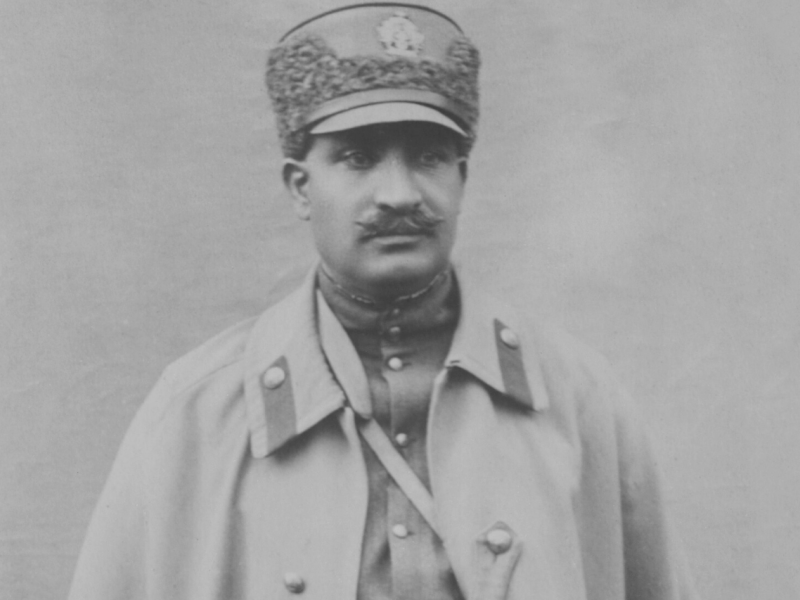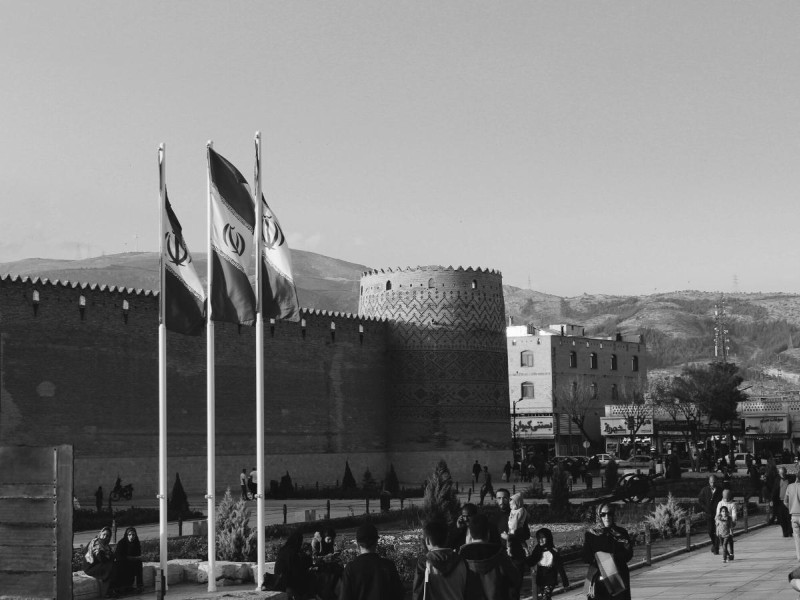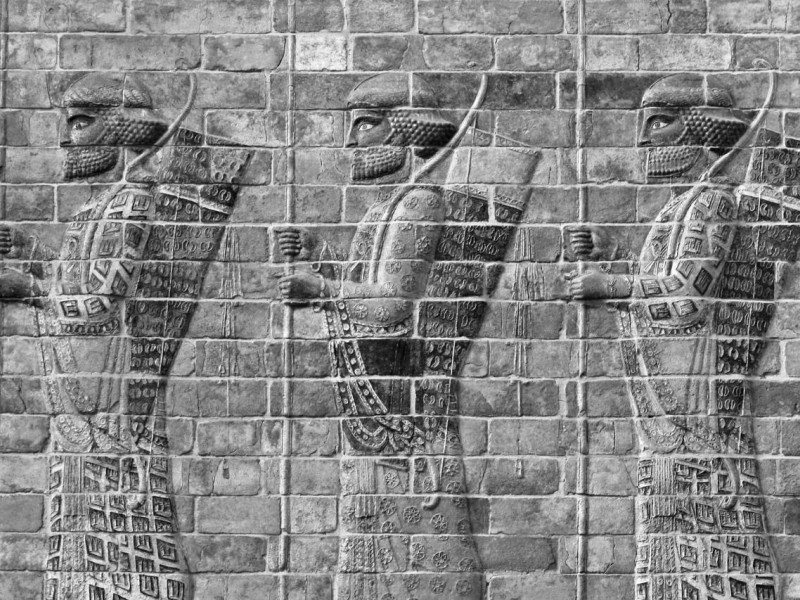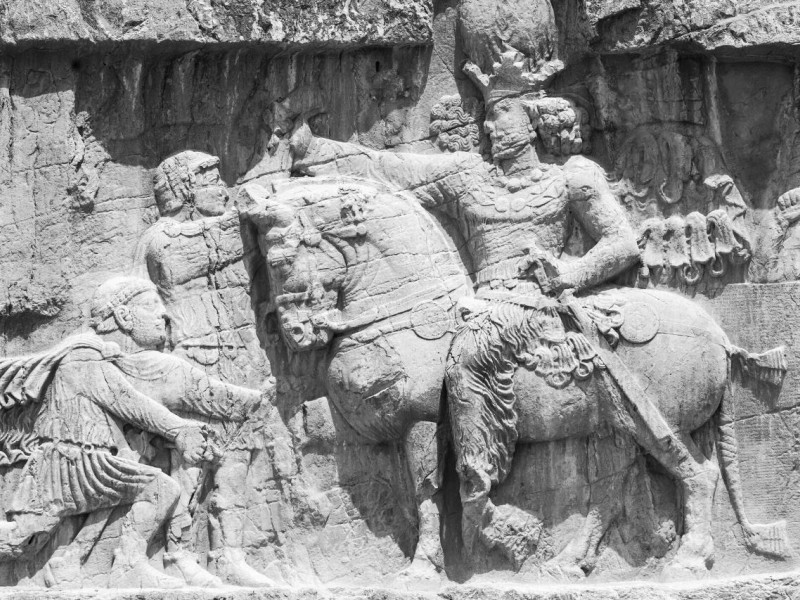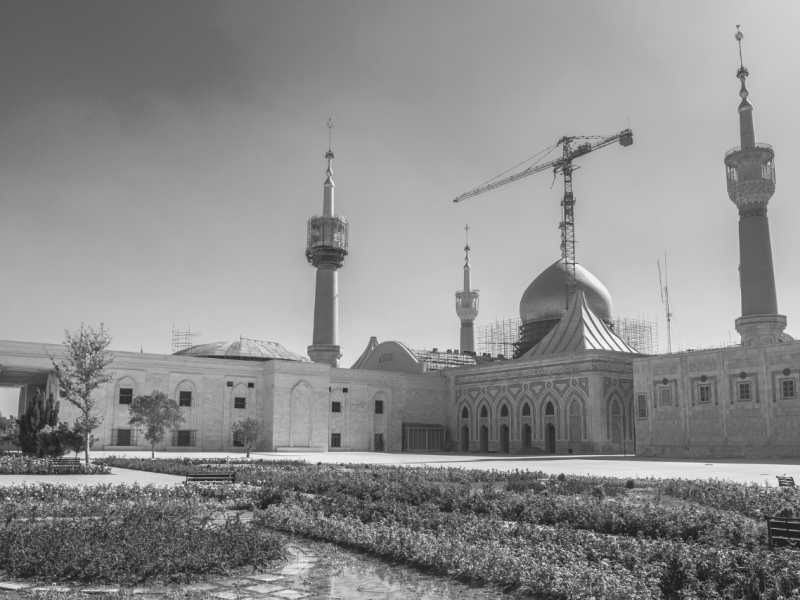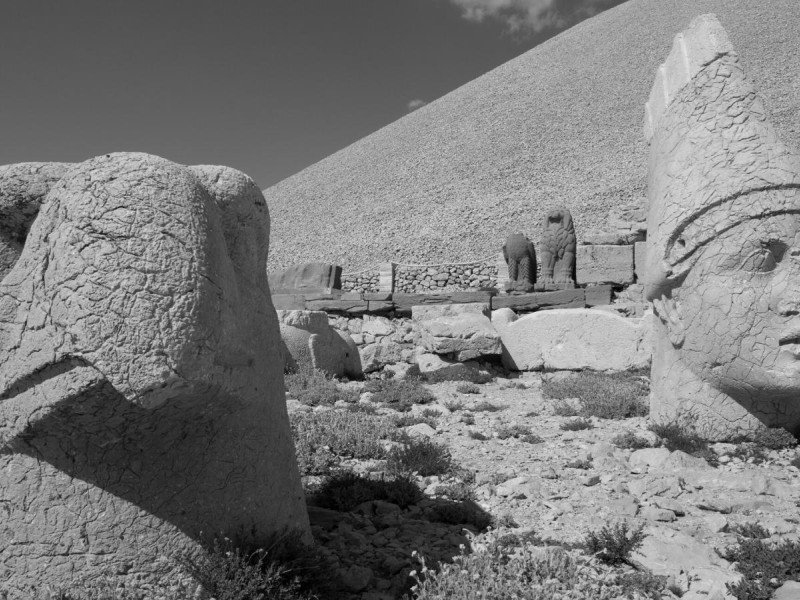Mohammad Reza Shah Pahlavi: End of an Era
Reza Shah Pahlavi was originally called Reza Khan. He became a formidable leader of the Pahlavi dynasty and introduced significant changes in the kingdom.
His social, political, and economic reforms have been proven to spur progressive change in the modernization of Iran, which earned the title “Founder of modern Iran.”
In this article, you will discover how he pioneered the modernization of an old and destitute country.
Who Was Reza Shah Pahlavi?
Reza was born to lead, and with his military skills and courage, he was able to command the entire Cossack Brigade and seize Tehran in February 1921. He also spearheaded the new Iran government as the Commander-in-Chief of the Army and the Minister of War.
After having deposed Ahmad Shah Qajar in 1925, he proposed the amendment of the constitution to allow him to ascend to the throne as the Shah of Iran. Consequently, he founded the Pahlavi dynasty, which lasted until 1979.
Leading Iran was not simple due to its national conflict with foreign invaders, but his strategic authority made him popular. No wonder he was given the title Reza Shah the Great in 1950.
Reza’s leadership did not come smoothly. He had to overcome numerous controversies, but his supporters were convinced that he was a beacon of modernization in war-torn Iran. On the other hand, some of his detractors claimed that he ruled with despotic hands, and he did not modernize the country.
Some of his critics also denounced his move to suppress the presence of some social and ethnic groups in Iran. Still, he was adamant in his stand that Iran needed a strong political will to overcome its national dilemma.
Born of Iranian Mazandarani descent, Reza formulated a comprehensive policy of modernizing the country or the so-called Persianization. He devised this plan in line with the success of Mustafa Kemal Ataturk, who maneuvered Turkey after the fall of the Ottoman Empire through his Turkification campaign.
Reza was convinced that a drastic change was needed because it could pave the way toward the founding of a new nation.
Reza’s Childhood
Reza Shah Pahlavi was born on March 15, 1878 to Major Abbas-Ali Khan and Noush Afarin, a Muslim immigrant from Georgia (formerly a part of Russia). His birthplace was Alasht, a village in Savadkuh County, Mazandaran Province. His father was a brave military man who served in the Anglo-Persian War in 1856.
However, Abbas-Ali suddenly died when Reza was only eight months old. Reza and his mother moved to her brother’s place in Tehran right after his father’s death.
When his mother remarried in 1879, she left him to his uncle’s care. Later on, the young Reza was sent to a family friend, Amir Tuman Kazim Khan, a high officer in the Persian Cossack Brigade.
It was the place that gave him a real home and educational support as he had the chance to study with tutors for the Kazim Khan children. Kazim Khan served as his real father as he provided Reza with a home and the proper education every child deserves.
Reza was deemed to have been born with luck. At 16, he decided to enter the Persian Cossack Brigade. He completed his training with passion, as witnessed by Kazim Khan himself, so when he turned 25, he was selected as a guard and servant to the Dutch Consul General Fridolin Marinus Knobel.
With a towering height and robust physical build, Reza commanded leadership and respect. In addition, he displayed extraordinary agility, creative intelligence, and determination to lead. These qualities made him perfect for the position of King of Iran.
He served in the Imperial Army, where he was known for his excellence in handling machine guns. Do you know any young soldier with skills comparable to his? Before he got promoted, his superiors saw his passion and persistence.
Later on, he was commissioned as a Brigadier General in the Persian Cossack Brigade, which gave him the honor to serve as the last commanding officer of the Brigade, as well as the only Iranian to do so in its long history.
Eventually, he chose the name Pahlavi for his last name, which is also the official name of the dynasty he founded.
Reza’s Way to His Throne
The Russian Revolution was a battle fought hard by Britain and Russia. However, Britain used Iran as a collaborator for an attack in 1921. Unfortunately, Russia retaliated by occupying portions of Persia. What happened was an embarrassing situation for Iran being controlled by Russia and Britain at the same time.
To counterattack, Reza Khan, who was newly promoted as Tabriz Battalion leader, led his army to fight the British soldiers. Thus, he became known as the Sardar Sepah or the Commander-in-Chief of the Army. Reza Khan spent much effort in keeping the stability of Tehran.
He succeeded in his campaign to secure the major city of Iran from any invaders until he was appointed as Prime Minister in 1923. Upon taking power, he immediately put up a political cabinet to help mobilize his plans of modernizing the country.
Respected for his gallantry, Reza Khan succeeded in convincing the Majlis or the Arab legislative council to overthrow and exile Ahmad Shah and install him as the Shah of Iran. He planned to convert the country to a republic just like his Turkish counterpart Ataturk, but he set it aside because of the presence of the British army.
With luck on his side, the Majlis convened an assembly and declared him the Shah of Iran on December 12, 1925. Shah is the equivalent of a King. It seemed that all forces agreed on his leadership as he was inaugurated as the first shah of the Pahlavi dynasty on December 5, 1925.
He was 47 at the time of his coronation on April 25, 1926, while his son Mohammad Reza Pahlavi was also proclaimed crown prince.
Coup D’Etat in Iran
Longing for a worthy ruler, you also know that Iran was a picture of disintegration under the turbulent reign of foreign invaders. At that time, Ahmad Shah of the Qajar dynasty was immature, inefficient, and corrupt. He allowed a foreign power to control Iran despite the clamor of the people for reform.
It was obvious that Russia and Britain were planning to subdue the entire country for their economic and political gains because of the strategic location of the country and the natural resources that can boost their economy.
Shah Reza Khan rapidly devised a plan to save the country from foreign rule. He vowed to end the turmoil Iran was in and strengthen the leadership of the monarchy.
It was fortunate that Shah Pahlavi saved Iran. He wanted to reform the country and start building its economy. His ascension to power was extraordinarily fast. To avoid much publicity about his plans, he refrained from discussing his intentions for the country.
Ahmad Shah was sent to exile in Europe. He refused to return to Iran and face court. Reza Khan’s administration wanted to summon him to answer the allegations against him, but he ignored them.
Changes in the Government
Right after the coronation of Reza Shah, he quickly mobilized his government in reforming the chaotic government laws. He ended unfair treaties with foreign powers. He built the Trans-Iranian Railway. He gave freedom to women and asked them to remove their veils.
He also managed the country’s finances and communication. Additionally, he built schools, hospitals, and roads. Under his power, the first university was founded in 1934.
Personal Life
Shah Reza Khan got married to his cousin, Maryam Savadkoohi, in 1984. They had a daughter named Princess Hamdamsaltaneh Pahlavi before she died in 1904.
Reza Shah married his second wife in 1916, Nimtaj Khnoum, who was later called Queen Tadj-ol-Molouk. When he ascended to the throne, she was the official Reza Shah spouse. Their union produced four children, namely, Princess Shams Pahlavi (1917–1996), Mohammad Reza Shah Pahlavi (1919–1980), Princess Ashraf Pahlavi (1919–2016), and Prince Ali Reza Pahlavi (1922–1954).
His third wife was from the Qajar dynasty, Queen Turan Amirsoleimani (1905–1995). Together they had a son: Prince Gholam Reza Pahlavi (1923–2017).
His fourth and last wife was a Princess of the Qajar dynasty, Queen Esmat Dowlatshahi (1905–1995). Queen Esmat was Reza Shah’s favorite wife who accompanied him to his exile. They had five children: Prince Abdul Reza Pahlavi (1924–2004), Prince Ahmad Reza Pahlavi (1925–1981), Prince Mahmoud Reza Pahlavi (1926–2001), Princess Fatemeh Pahlavi (1928–1987), and Prince Hamid Reza Pahlavi (1932–1992).
All Reza Shah children were given appropriate care and education. He was strict and a disciplinarian, but he knew his responsibilities to his children. Reza Shah abdicated his throne and allowed his son Mohammad Reza Pahlavi to ascend to power. He later spent his life in Johannesburg, where he died in July 1944.
Conclusion
Reza Shah Pahlavi led a progressive life. His powerful leadership shaped the minds of the people and encouraged them to work with the government to accomplish its goals. He was orphaned at eight months when his real father died.
Fortunately, he found Amir Tuman Kazim Khan, a responsible man who molded his leadership, education, and self-reliance, giving him all that he needed to become the leader of a monarchy and dynasty.




